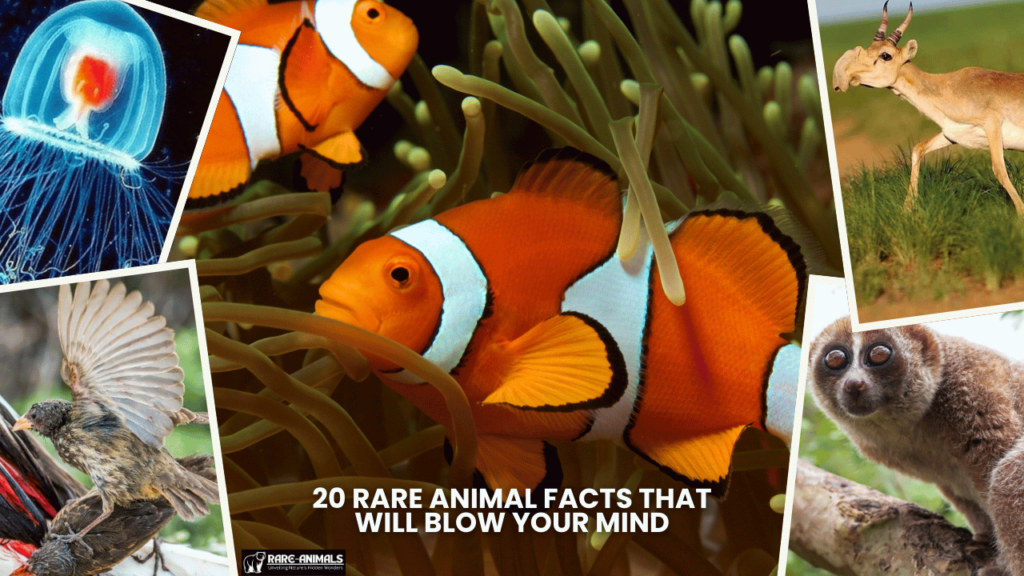The animal kingdom is full of fascinating surprises, from creatures with extraordinary abilities to bizarre survival techniques. Whether you’re a wildlife enthusiast, a conservationist, or just someone who loves learning about nature, these 20 rare animal facts will leave you in awe.
Get ready to explore some of the most mind-blowing aspects of the natural world!
1. The Immortal Jellyfish (Turritopsis dohrnii)
This jellyfish has the ability to revert to its juvenile stage after reaching adulthood, making it biologically immortal. Scientists are studying its cellular regeneration to understand aging and longevity.

2. Axolotls Can Regrow Their Limbs
Unlike most amphibians, axolotls retain their larval features throughout their life. They can regenerate entire limbs, spinal cords, and even parts of their hearts and brains.
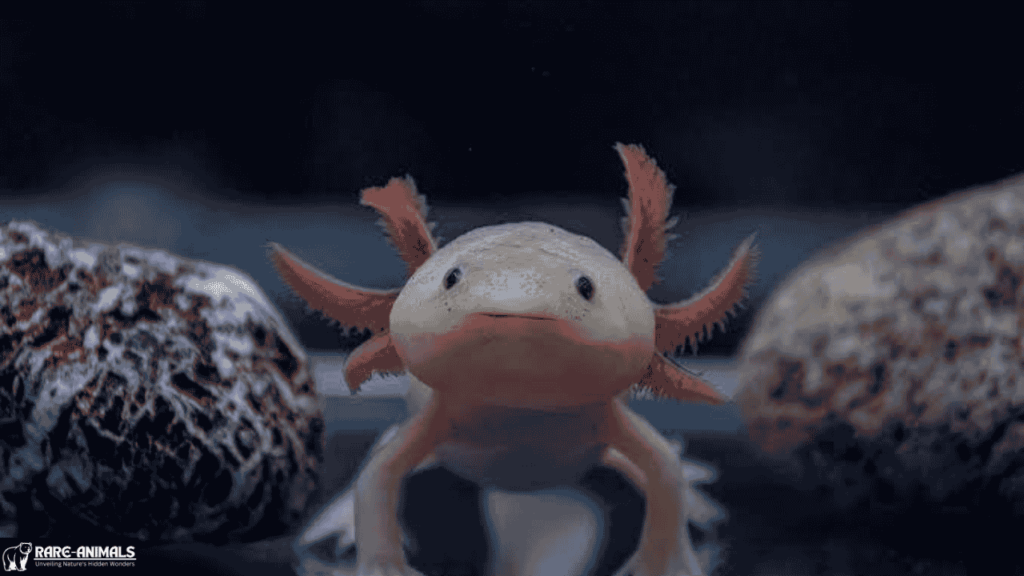
3. The Mantis Shrimp Has Supervision
Mantis shrimps have the most complex eyes in the animal kingdom, capable of seeing polarized light and detecting up to 12 color channels—compared to humans, who have only three.
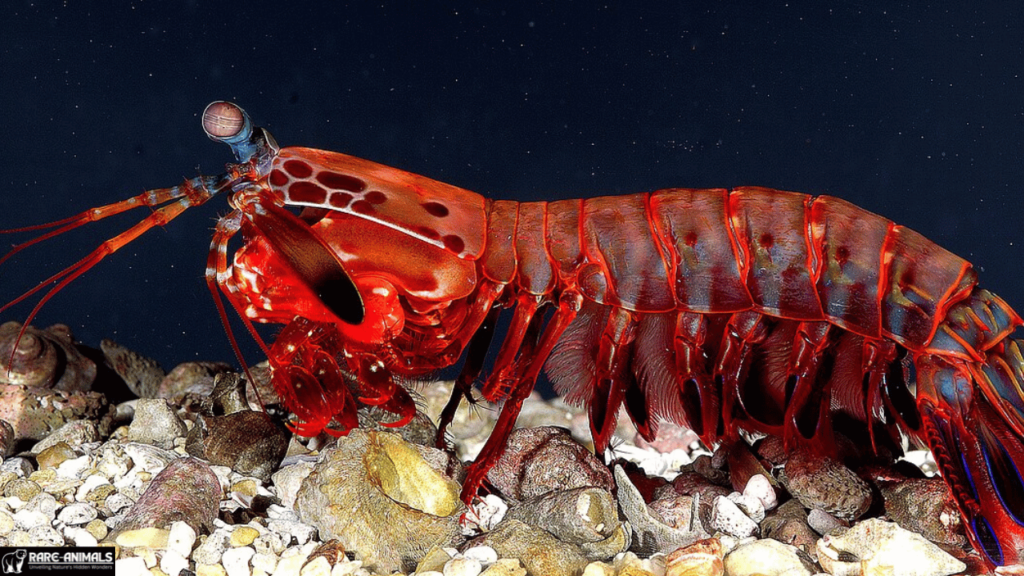
4. The Platypus Can Detect Electricity
The platypus, a monotreme mammal, has electroreceptors in its bill that allow it to detect the electric fields generated by prey underwater.
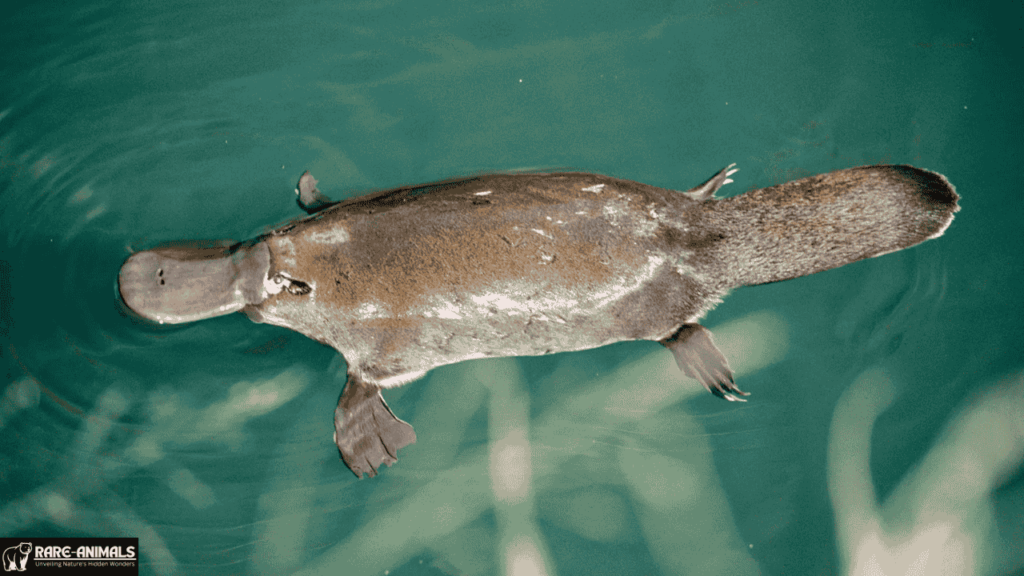
5. Tardigrades Can Survive in Space
Also known as water bears, tardigrades are microscopic creatures that can withstand extreme radiation, temperatures, and even the vacuum of space.
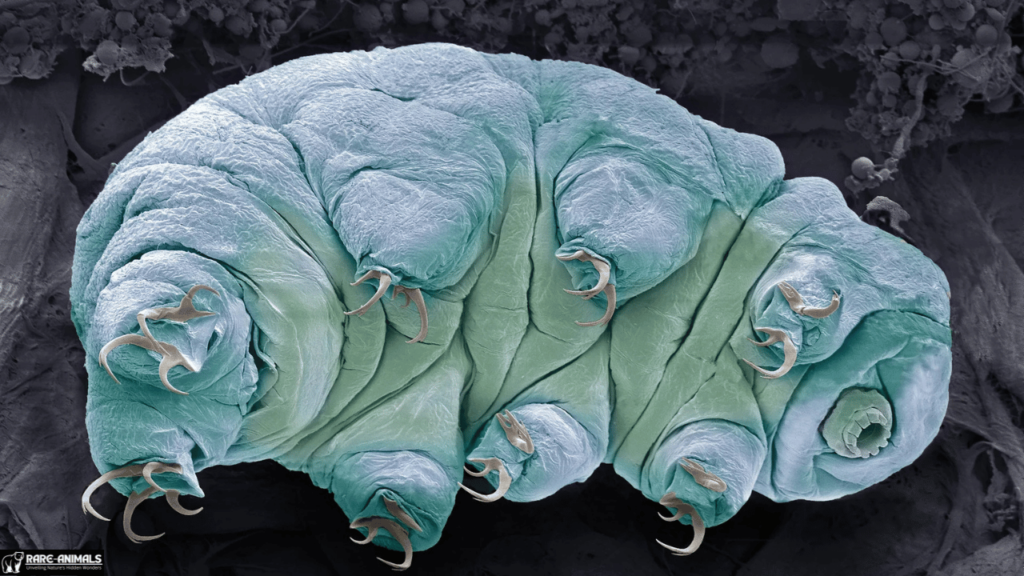
6. The Lyrebird Can Mimic Chainsaws
This Australian bird can mimic the sounds of cameras, chainsaws, and even human speech with astonishing accuracy.
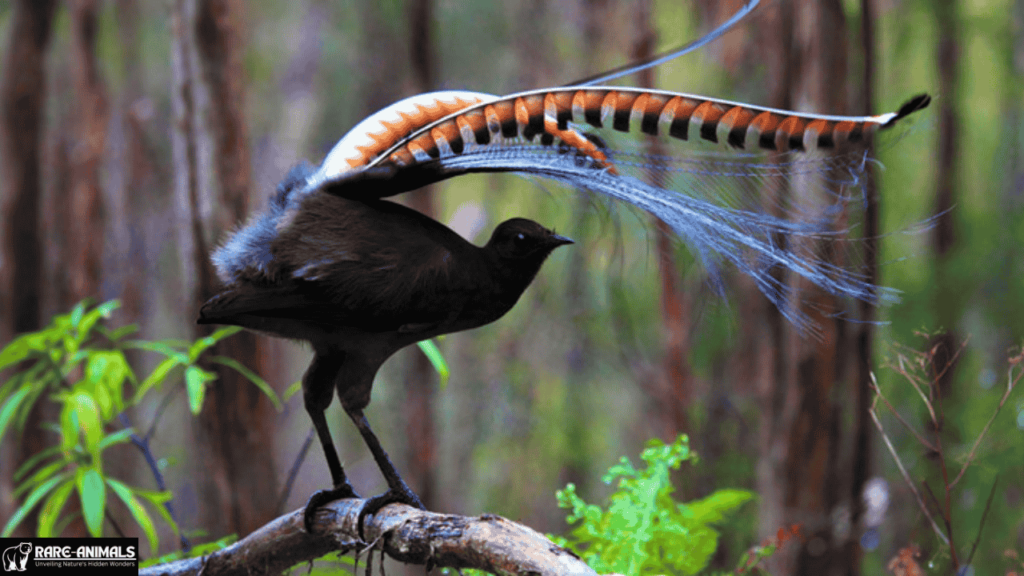
7. The Pistol Shrimp Creates a Sonic Boom
Pistol shrimps can snap their claws so fast that they create a bubble reaching 4,700°F (2,600°C), momentarily as hot as the sun’s surface, stunning or killing prey instantly.

8. Sea Cucumbers Can Liquefy Themselves
Sea cucumbers have the ability to alter the state of their body tissue, becoming liquid-like to squeeze through small gaps and solidifying again afterward.

9. The Hairy Frog Breaks Its Own Bones for Defense
Also called the ‘Wolverine Frog,’ this species can break the bones in its toes and force them through the skin to create claws for self-defense.
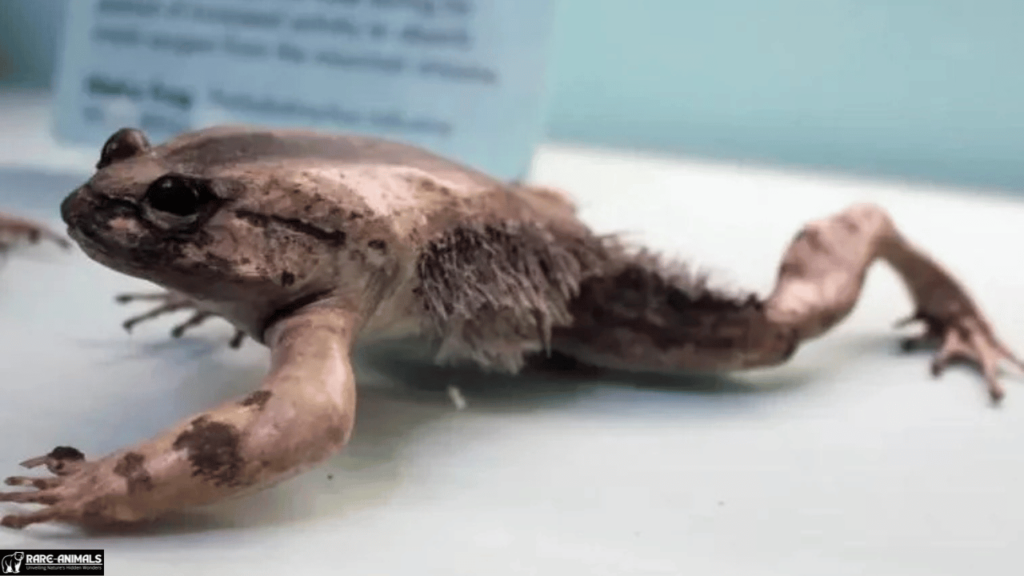
10. The Slow Loris Is the Only Venomous Primate
Slow lorises secrete a toxin from glands on their elbows, which they lick to create a venomous bite that can cause anaphylactic shock in predators.
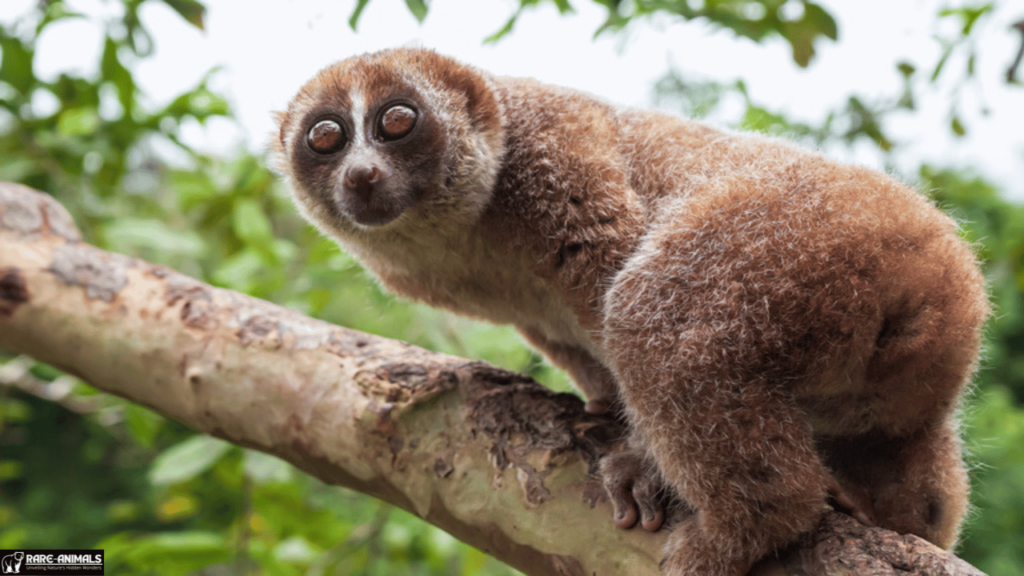
11. The Saiga Antelope Has a Flexible Nose
This critically endangered species has an inflatable nose that helps filter dust and regulate body temperature in harsh environments.
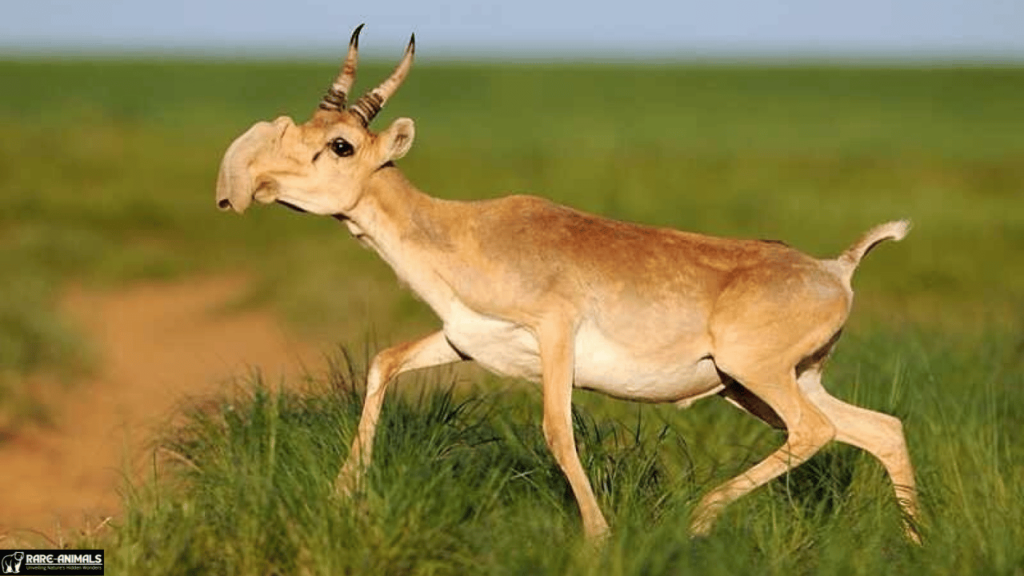
12. The Leaf-Tailed Gecko Becomes Invisible
With its bark-like texture and ability to remain completely motionless, this gecko is a master of camouflage in Madagascar’s forests.
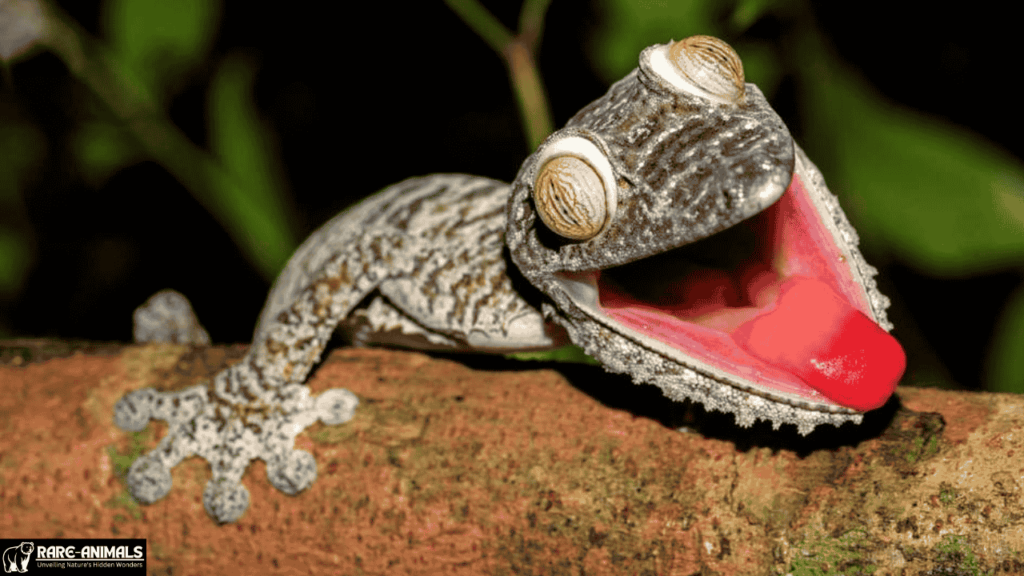
13. The Male Seahorse Gives Birth
Seahorse fathers carry and deliver their offspring, a rare example of paternal pregnancy in the animal kingdom.

14. The Vampire Finch Drinks Blood
Found in the Galápagos Islands, this bird supplements its diet by pecking at other birds and drinking their blood.
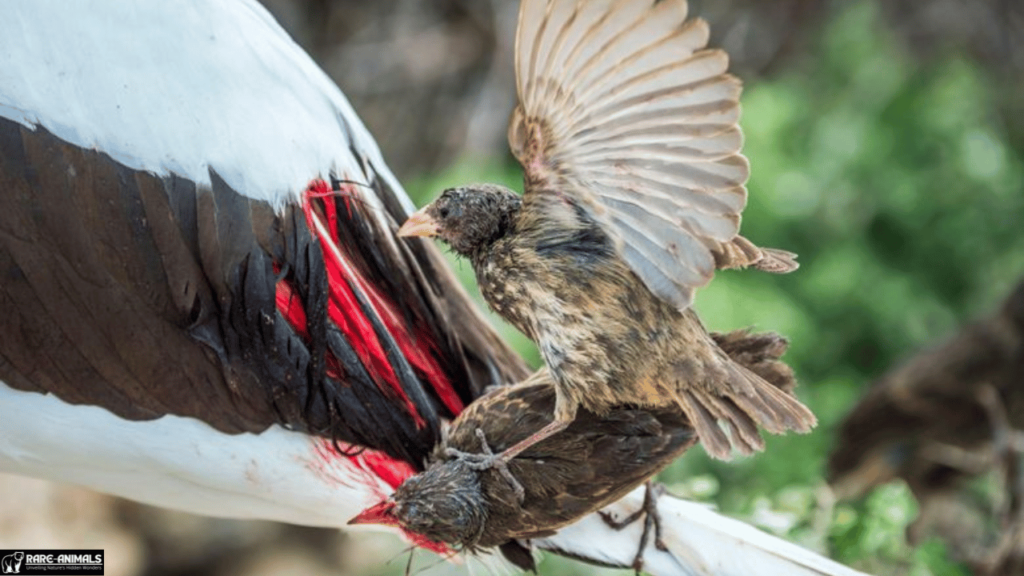
15. The Icefish Has Antifreeze in Its Blood
Antarctic icefish produce glycoproteins that prevent their blood from freezing in subzero temperatures.
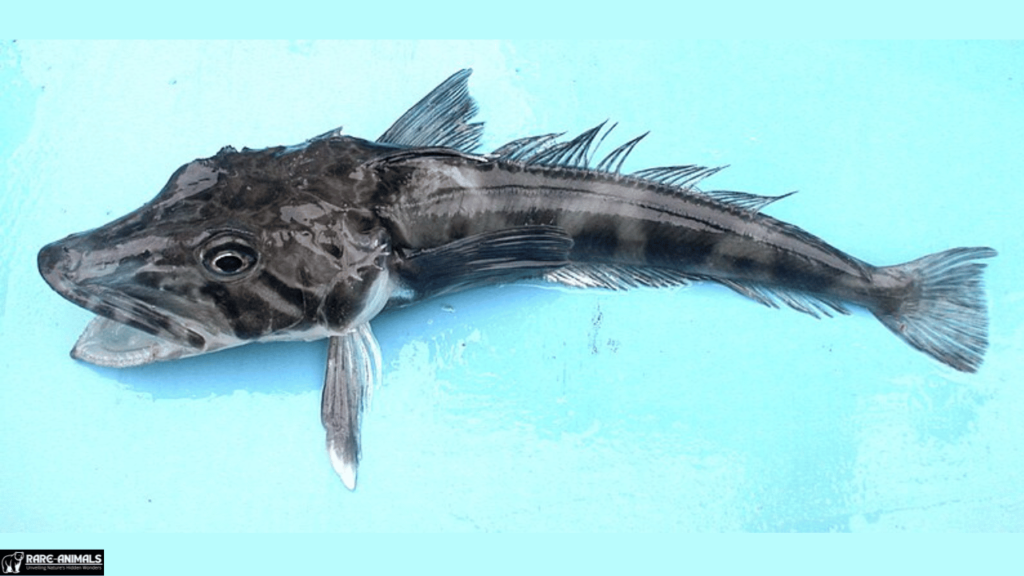
16. The Cookiecutter Shark Leaves Perfect Bite Marks
This small shark uses its suction-cup lips and razor-sharp teeth to carve circular wounds into larger marine animals.

17. The Narwhal’s Tusk Is Actually a Tooth
The ‘unicorn of the sea’ has a long spiral tusk that is actually an extended tooth, used for sensing changes in its environment.

18. The Clownfish Is Born Male but Can Change Sex
Clownfish are sequential hermaphrodites, meaning they can switch from male to female if the dominant female of the group dies.
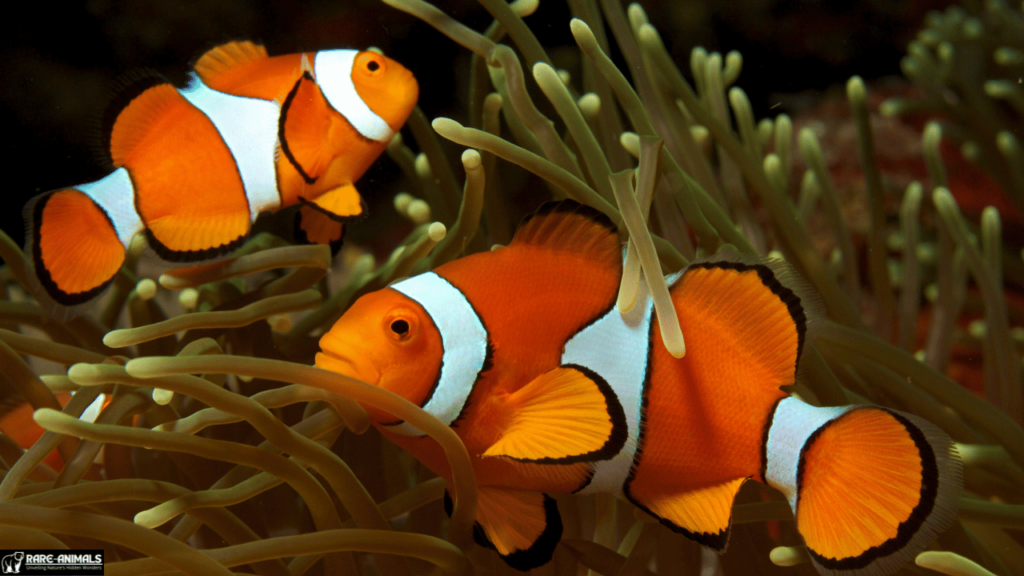
19. The Basilisk Lizard Can Walk on Water
Also called the ‘Jesus Christ lizard,’ this reptile can run across the surface of water at high speeds due to its specialized foot structure.
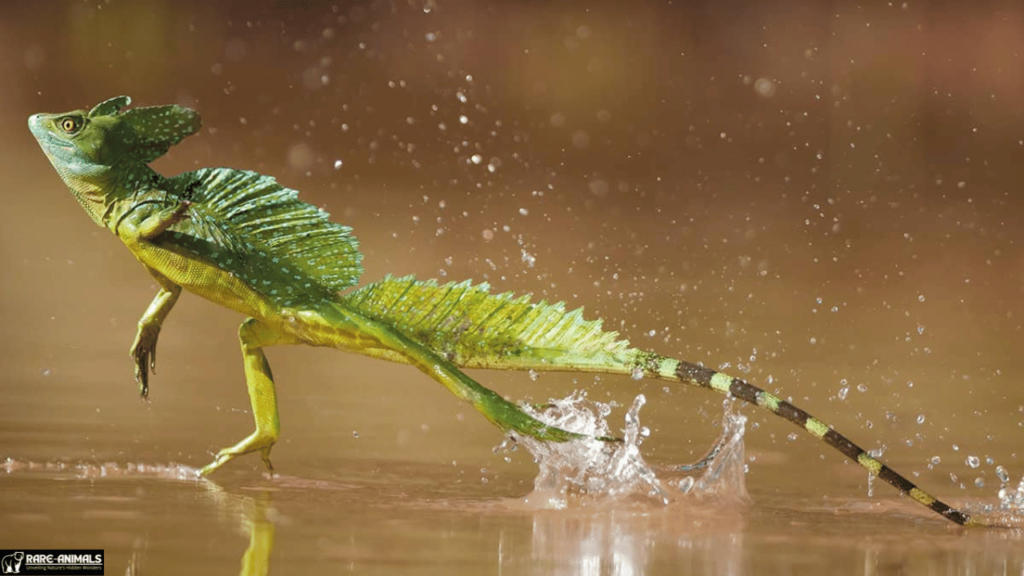
20. The Japanese Spider Crab Has the Longest Leg Span
With a leg span of up to 12 feet (3.7 meters), this deep-sea crustacean is one of the largest arthropods on Earth.
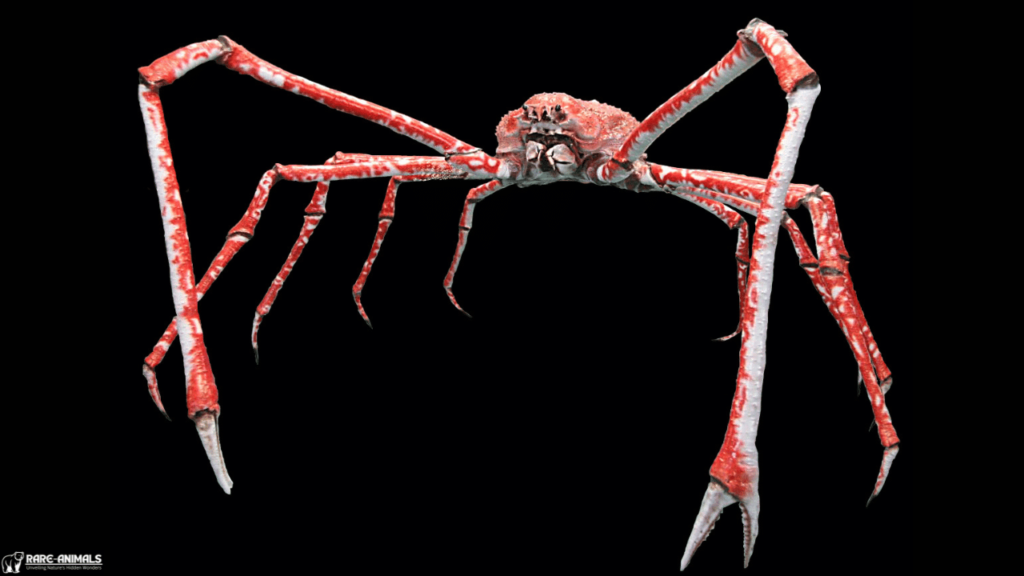
Conclusion
The natural world is filled with incredible and sometimes unbelievable creatures. These rare animal facts highlight the wonders of evolution, adaptation, and survival strategies found in different ecosystems.
If you enjoyed this list, share it with fellow nature lovers and continue exploring the marvels of wildlife!
FAQs
1. What is the most unusual animal adaptation?
One of the most unusual adaptations is the immortal jellyfish’s ability to revert to its juvenile stage, effectively escaping death.
2. Can axolotls really regrow their brain?
Yes! Axolotls have regenerative abilities so advanced that they can regrow brain tissue without scarring.
3. How do tardigrades survive in space?
Tardigrades enter a cryptobiotic state, expelling water from their bodies and suspending metabolism until conditions improve.
4. Are all seahorses born male?
No, but all seahorses have a unique reproductive system where males carry and give birth to young.
5. Why do clownfish change gender?
Clownfish live in hierarchical social groups, and when the dominant female dies, the largest male transitions into a female to maintain the breeding pair.

Alveena is an experienced content writer with a knack for crafting engaging and insightful pieces. She thrives on breaking down complex ideas and presenting them as clear, captivating content that resonates with readers.

